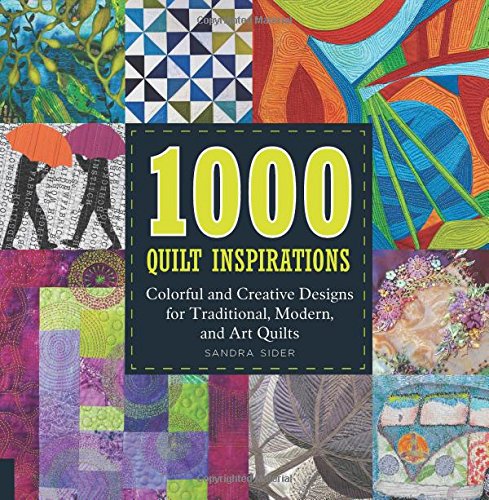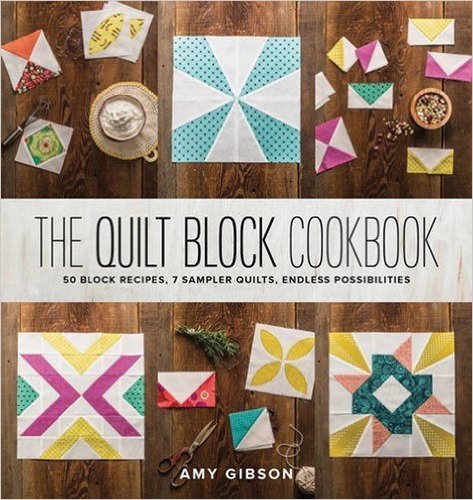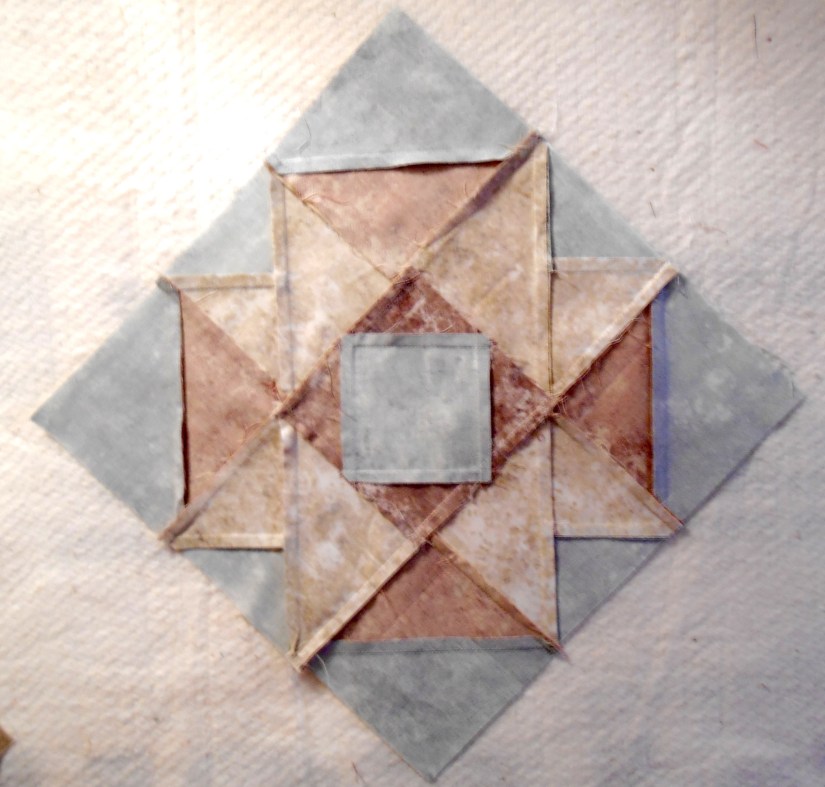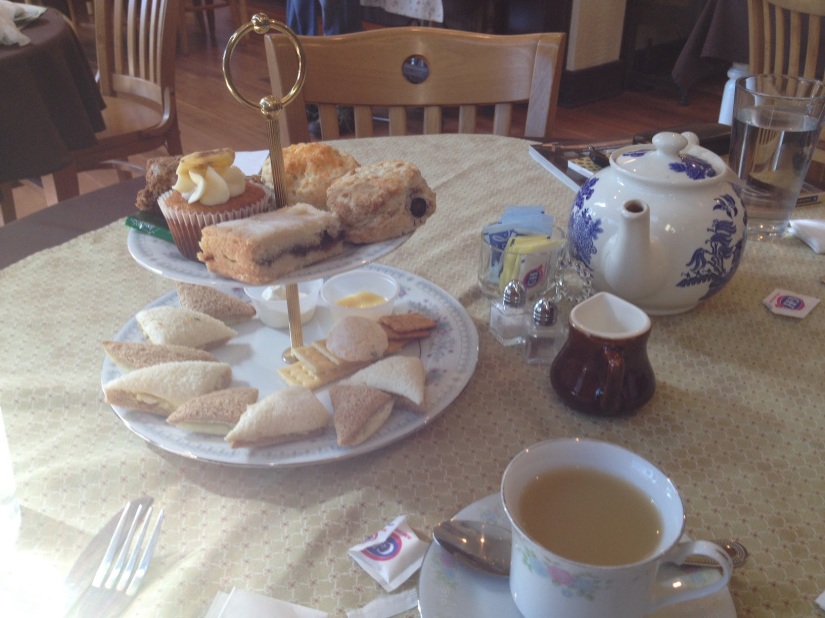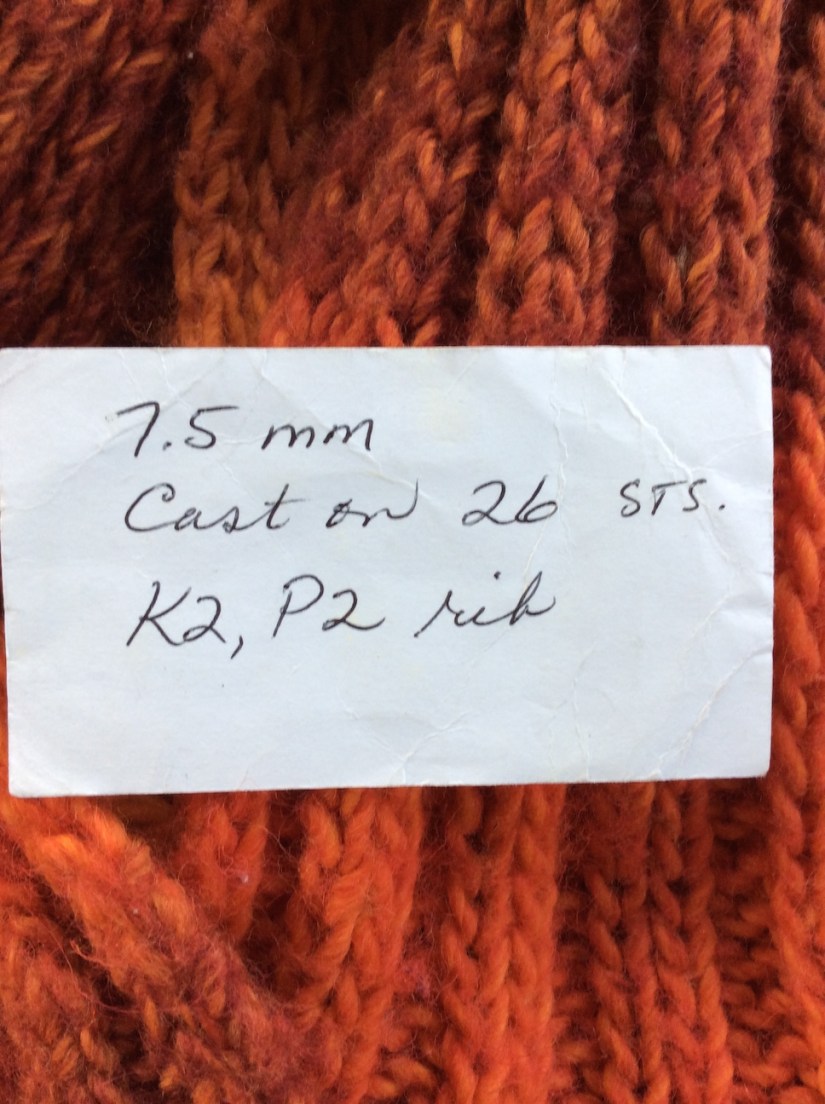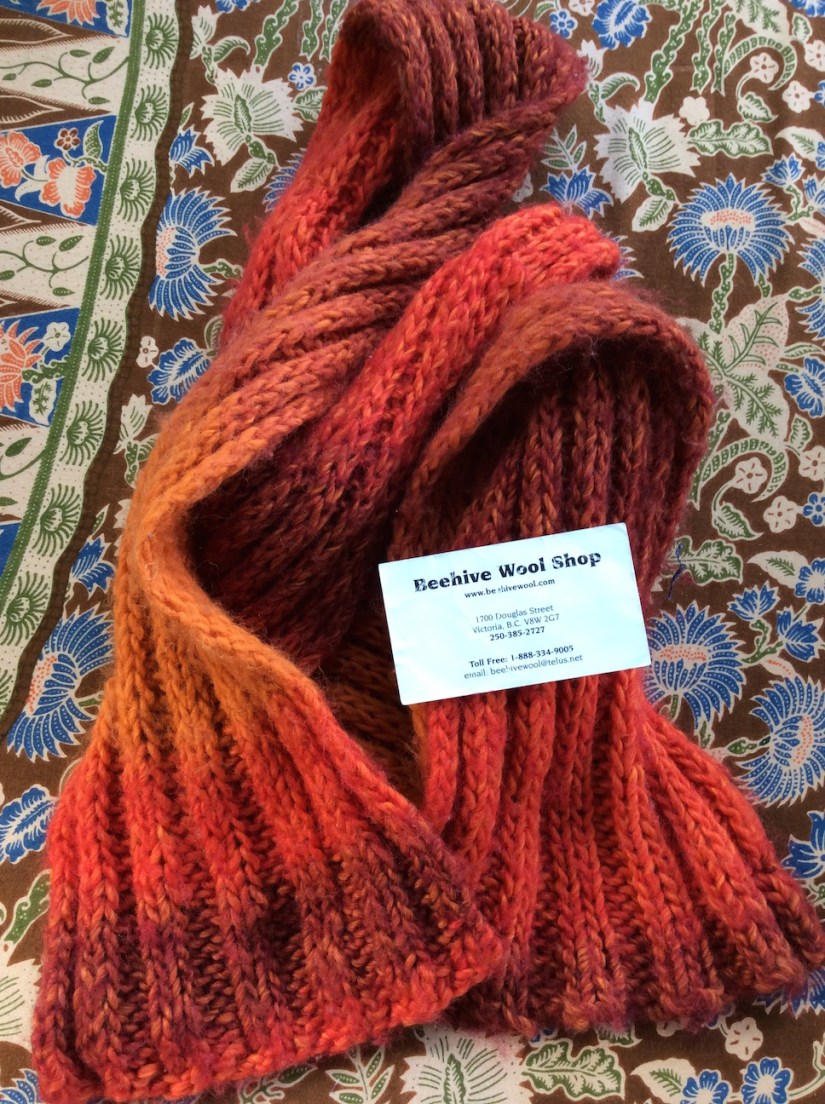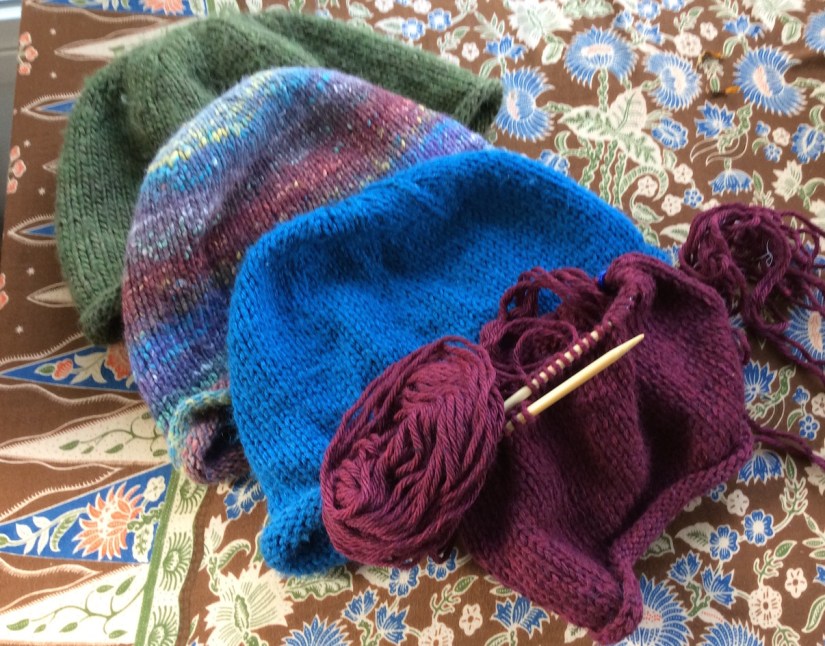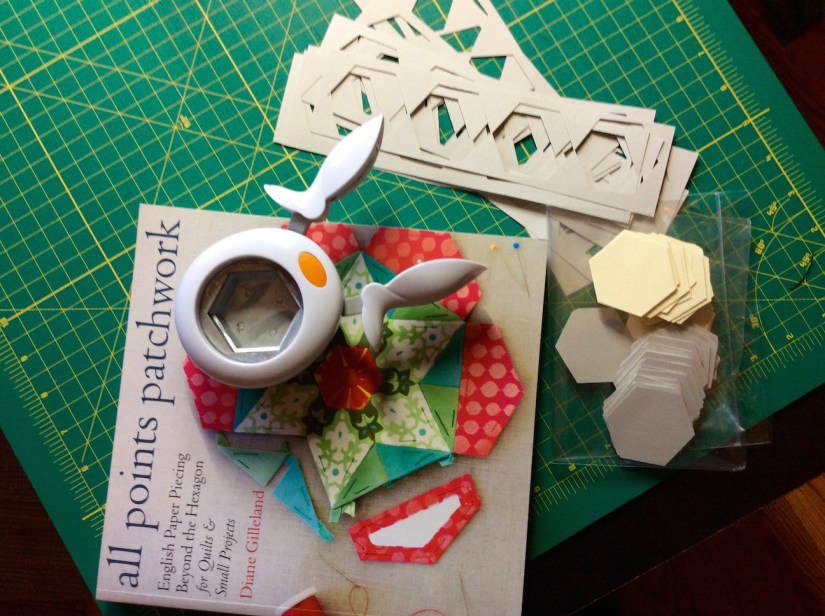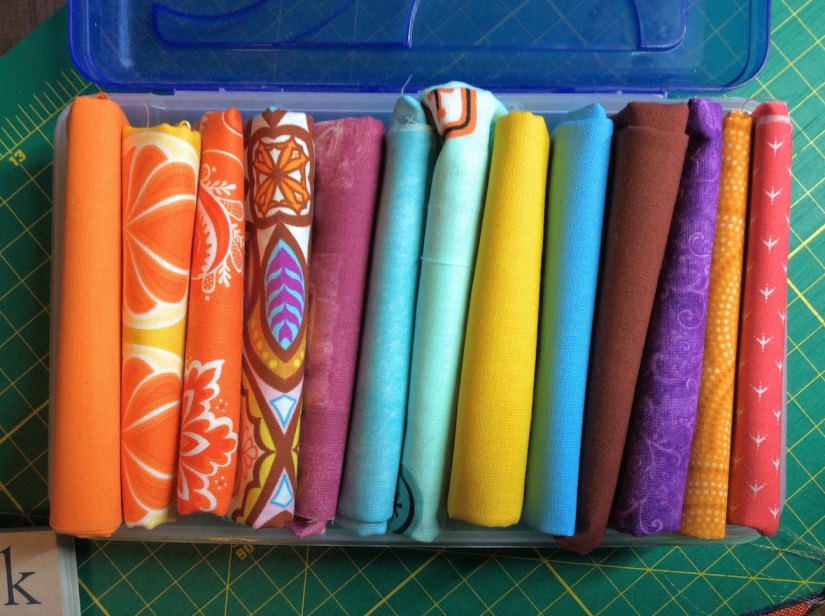As I shared in previous posts, a month or so ago I was in the midst of a creative block. I first picked up English Paper Piecing and then revisited traditional quilt piecing to get myself creating again.
Before I got to this point however, I was trying to figure out a way, short of forcing myself to sew something, that I could “get my creative energies flowing”. On a whim I decided to reorganize my fabric scraps.
I first shared my fabric scrap organization in the 01/01/2016 post Inside the Studio. My fabric scraps were organized by individual color – Red, Blue, Green, Orange, Cream, Black/Gray/Black & White, Brown, and Yellow. Each color had its own bucket.
Reorganizing my fabric scraps I decided to group colors together that sometimes I have trouble telling apart and to make it easier to work with by having less individual buckets.

As you can see by the photo above, the new groupings are:
- Orange & Brown
- Black, Gray, and Black & White
- Red & Purple
- Blue & Green (interestingly this was my largest group of scraps)
- White, Cream and Yellow
While I was regrouping the scraps, I got to revisit my fabric scraps and I could feel creative energies start to percolate!
Interestingly, one of the books from my latest library stack (The Library (Mega) Stack) – Living the Creative Life by Rice Freeman-Zachary – addresses creative block. The author interviewed a group of artists for this book and their wisdom and experiences are peppered throughout this inspiring read.
One of the artists the author interviewed, Bean Gilsdorf, an art quilter out of Portland, Oregon (www.beangildorf.com), shares the following tip for dealing with creative block:
When it starts to stress me out that I’m not doing anything in my studio, I try to make myself do something to get my hands busy again. The ideas will come back eventually…Clean out your files, rearrange your paints, or clean everything so that when you’re ready, everything is in order. – Bean Gilsdorf
I read this book after I reorganized my scraps, but this book reinforced that I was headed in the right direction!
Postscript
I am currently listening to a wonderful nonfiction audiobook – Designing Your Life: How to Build a Well-Lived, Joyful Life by Bill Burnett and Dave Evans. In this book the authors discuss “Gravity Problems” and how we get mired in “Gravity Problems”.
What are “gravity problems”? They are problems that are not actionable to resolve.
The authors share a great example (paraphrased):
A friend asks you what is wrong. You reply “I am having a hard time in life, I just cannot make it up hills as easily as I want to due to this thing called gravity. If I just did not have gravity in my life pulling me down, I would be fine and I could run up any hill I want”.
The authors humorously share that unless you are able to change how the earth spins on its axis and its rotation around the sun, you are not going to be able to resolve your “gravity problem”.
Now perhaps the real problem is you are not at your ideal fitness level and/or you need to improve your cardiovascular health, so you can more easily climb up a hill. That is an actionable problem.
Here is a wonderful quote from the book that I will leave you to ponder:
If it’s not actionable, it’s not a problem. It’s a situation, a circumstance, a fact of life. It may be a drag (so to speak), but, like gravity, it’s not a problem that can be solved. – Bill Burnett and Dave Evans

Photo credit – Michael Lorenzo, free images.com














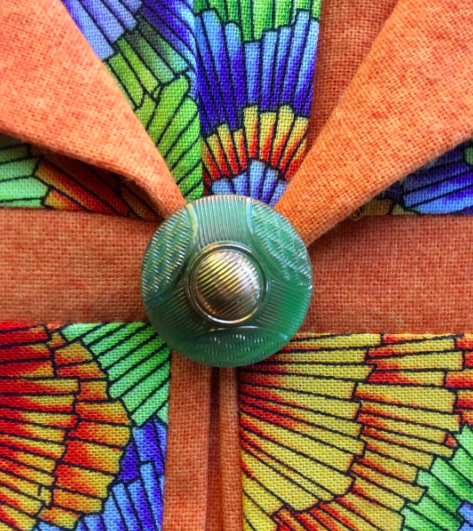




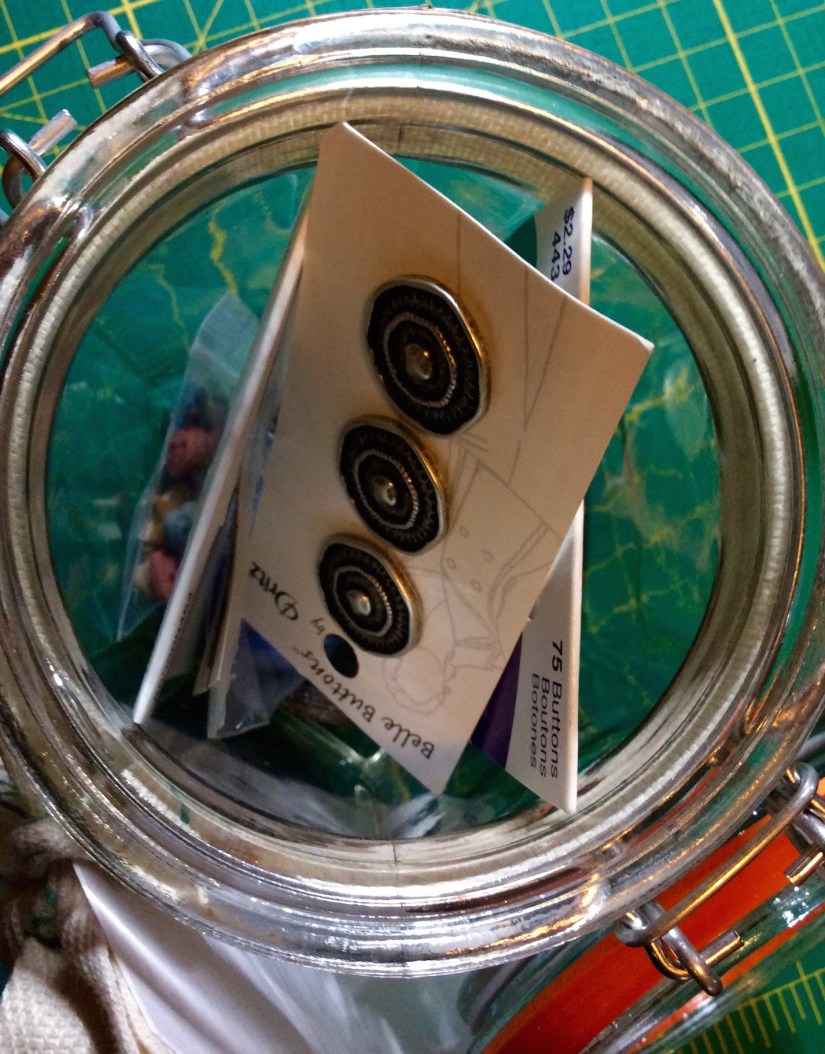 Anyone else have an issue with buttons? Any secret (or not so secret) collectors?
Anyone else have an issue with buttons? Any secret (or not so secret) collectors?



